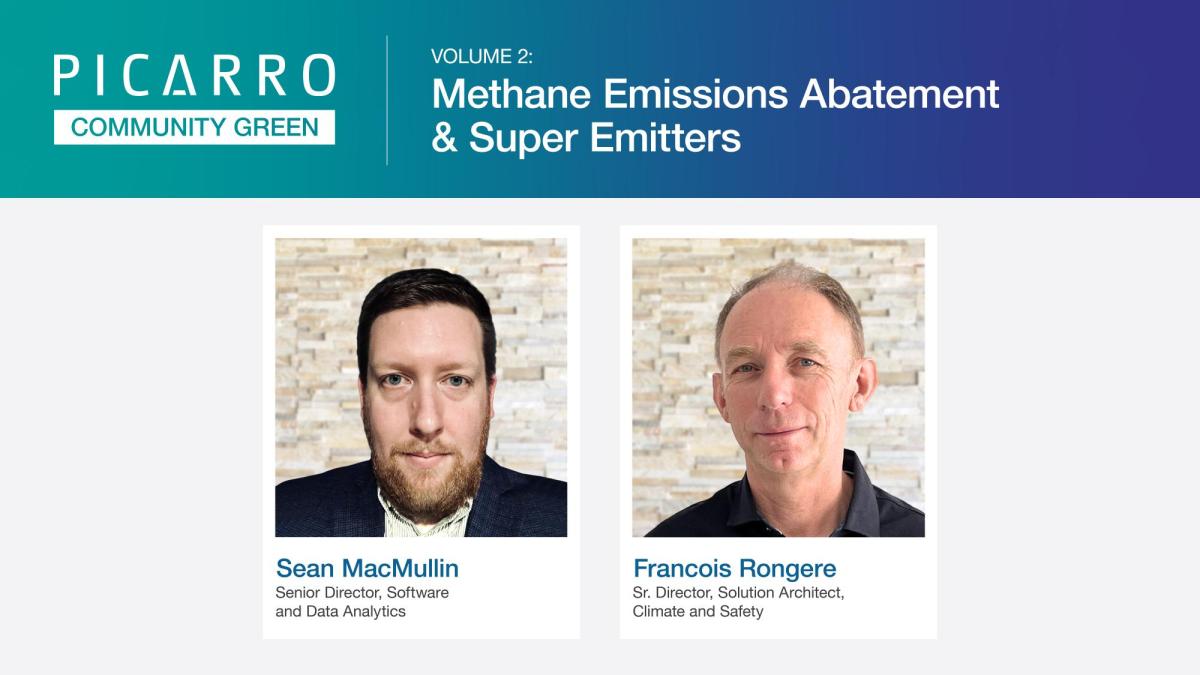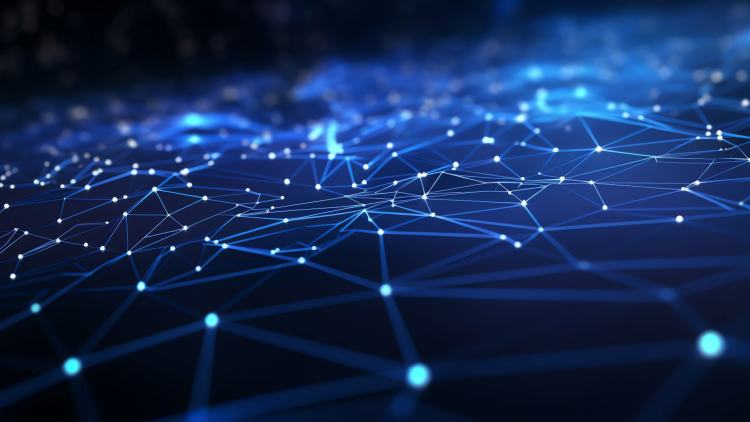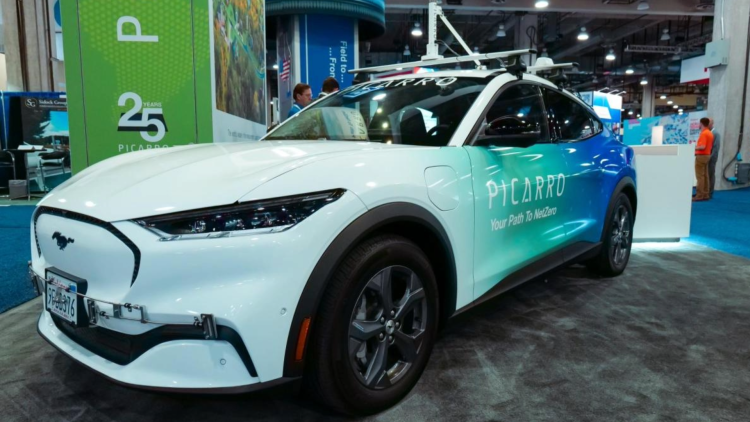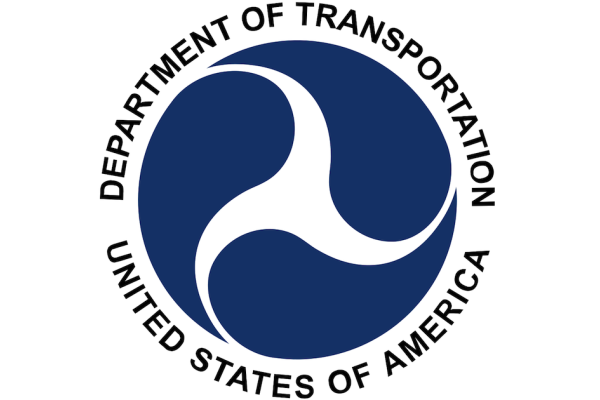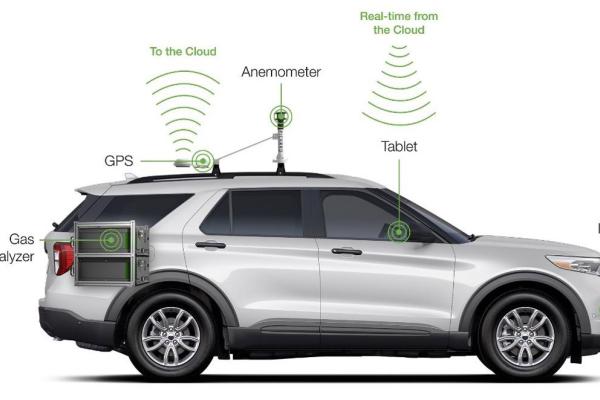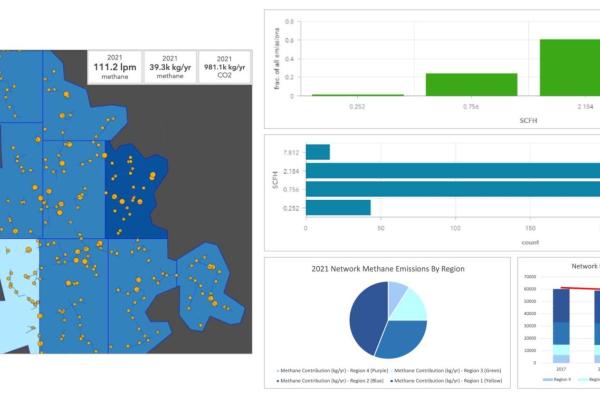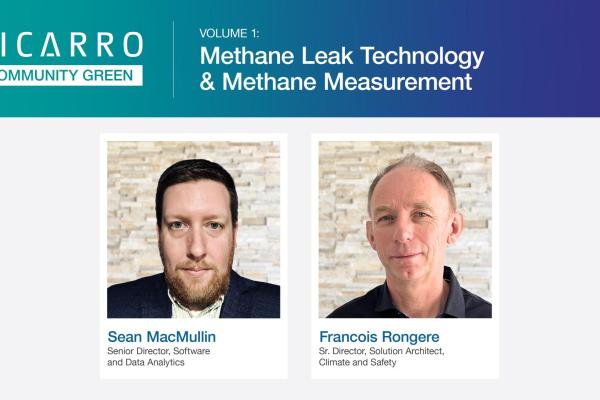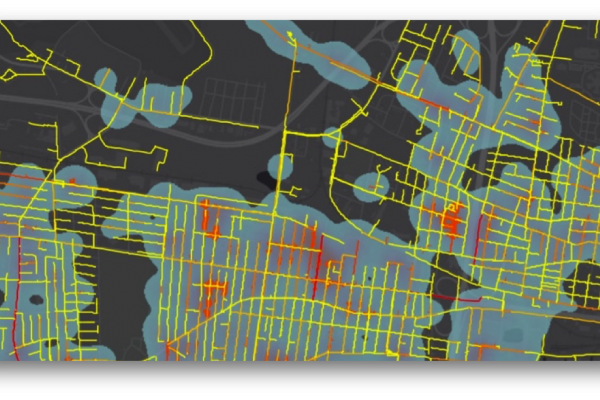In our recent podcast on methane abatement, part of our expert series, which features the perspectives of industry leaders on the challenges and advancements in gas and energy sectors, Picarro’s Francois Rongere, Senior Director Solution Architect, Climate and Safety, and Sean MacMullin, Senior Director of Software and Data Analytics, discuss the relationship between methane detection, quantification, and abatement programs, aiming to illuminate the future of methane emission management. Today, we will discuss programs for methane emission abatement, the link between detection and reduction, tackling methane emissions, and what a super emitter program is and does.
Methane Abatement: The Link between Detection and Reduction
00:00:04:08
Tracy: Welcome to the Picarro Community Green Forum, an open space for thought leaders to discuss the ongoing challenges in gas, energy and beyond. I am Tracy Boyd, marketing director for Picarro and the episode you are about to hear is part of our expert series covering methane abatement. Our guests will share their perspectives on where the industry is and what is next, providing important insights into what is fast becoming a new language, the language of methane emissions, measurement quantification and abatement. Let me jump in with the first question. In our previous episode, we discussed the detection and quantification of methane leaks. In today's episode, we will discuss programs for methane emission abatement. Sean, can you help me understand how these two concepts are linked together?
Sean: So, as you mentioned, last time we talked about quantification, particularly how we do quantification from vehicle-based sensors. But it is important to understand that quantification is just the first step. The quantification allows operators to understand emissions specific to their network but realizing that the end goal is not just quantification or to be more accurate or specific about quantification, but rather to set a baseline and drive emissions reduction relative to that baseline. So that is really the key. And the first step is quantification. The second step is abatement because you cannot reduce what you do not measure.
Francois: Yeah, I would like to add that there are several goals of reduction starting in 2014 through SB 1371 in California, we put a goal of 40% reduction by 2030. Add to that, several other goals including COP26 from a year and a half ago, to reach 30% by 2030, also the One Future challenge that also put a goal to reduce emissions below 1%, and so on. All these goals rely on the implementation of programs that would reduce emissions. So, it's definitely not just measuring, but also reducing the emissions.
Tackling Methane Emissions: What are the Available Options?
00:03:20:01
Tracy: Let’s talk about the options available to distribution networks to reduce emissions.
Sean: Yeah, I can start with that. So, I think it's important to preface what Francois started to mention that what we're talking about here is only part of the solution. Utilities and companies have many different programs to meet their net zero and other ESG goals. But here we focus specifically on how to reduce fugitive emissions from assets within a distribution network. So main services meters sets. One way to drive emissions reduction is through a pipeline replacement program. While this is part of the toolbox, companies realistically only replace on the order of 1% of their infrastructure every year. That doesn't bring about enough opportunity for abatement, the sort of range of 50, 80% or more that's going to be required by utilities to reach their net zero goals. On the other hand, there's a unique opportunity which is presented by the leak sizes that you see in a distribution network. One easy way to remember that is the five and 50 rule. 5% of the leaks are responsible for 50% of the fugitive emissions. We refer to those 5% of the leaks as super emitters. If you are able to find those needles in the haystack efficiently, you can actually have a very effective emissions reduction program by prioritizing the repair of a small number of leaks which account for most of the emissions.
Francois: The super emitter programs, the reduction of large leaks emissions has two components. One is detection, the early detection of large leaks. So, you need to have a way to rapidly detect these large leaks and second, is prioritization of repair. And it's an important thing because without measuring every leak, or the ability to quantify it, you cannot identify these large leaks. And that's what the vehicle base methane quantification process gives us. It’s the ability not only to measure the overall emission of a system, but also to identify large leaks directly, which at that point will also help to develop the program for reducing the emissions. It's important to have both aspects: detection and prioritization of repair.
Super Emitter Program: An Efficient Approach to Methane Abatement
00:06:15:14
Tracy: Francois, can you describe for me - I hear this term super emitter a lot. Can you describe for me what a super emitter program is and what's that all about?
Francois: Yeah, it's a good question. Interesting, because there are different definitions of super emitters, so it's important to clarify that. You can define a super emitter as the largest source of emissions in, for example, any territories that are being done. The California Air Resources Board a few years ago and reported by a writer during a recent publication in Nature, whereas they were looking for the largest emitter in California independently of the system. So, it's not what we are using here because we are focusing on distribution. I mentioned smaller than other sources. There are other definitions that look at the emitter as a function. So, there is a definition of super emitters as more for pollution. The production sites that emit the most or is proportionally the most. There was also an interesting article in 2017 also by a group of researchers, including Alvarez from EDF, that this group proposed to have a definition with a ratio of emission compared to production to define a super emitter.
The definition we use is different. Our definition is specific to a group of assets in a distribution system where we try to identify within this group what are the largest emitters. About 5% of the leaks of the sources of methane represent 50% or more of the emission. So it's true for many different class of asset and it's true for the distribution system. That's the definition we are using here.
Deploying a Super Emitter Program: Driving Emission Reduction
00:08:38:02
Tracy: Now that we understand where the term super emitter derives from, can you tell me what's the difference between a super emitter program or how is a super emitter program different than an advanced leak survey program?
00:08:51:08 - 00:09:54:08
Francois: Yes, actually, the difference is in the investigation practice. When you run an advanced leak service program, you detect the peak of methane that are signs of a leak and you investigate every one of them. To identify super emitters, the collection is the same. You continue to detect methane peaks, but you address only the peaks that are being defined and quantified as being a super emitter. Either way, you limit the investigation to the small number of leaks that are largest in the system. And it's very important because the investigation is a costly part of the leak survey process. So by focusing on that later, we get a more effective program.
00:09:54:08
Tracy: Sean, let's talk about how organizations are deploying this type of program.
Sean: The most effective way is to get started with driving and collecting as much of the data over the network as possible. And so we see operators that are covering up to 100% of their network every year and some that are even going to a more frequent cadence, trying to cover the whole network twice a year every six months. Once you have the data, it's really the choice of what to do with it. And Francois mentioned there's the two aspects. There's the regulatory leak survey aspect, and then there's the super emitter aspect. In the US, the regulations only require a leak survey to be conducted every five years in most asset classes. That means that about if you drive 100% of the network, 20% of that data is being used for leak survey purposes where every indication is being investigated to find all the leaks. But that leaves the opportunity on the rest of the territory. So up to 80% that you did not drive for the survey practices. You can take advantage by only investigating the large indications. This is what we call the super emitter program, and it allows the utilities to focus on repair efforts on just that small number of leaks. The 5% that's going to make the most difference to the emissions.
00:11:40:14
Francois: I would add that the super emitter program, being a prioritization of the repair of the large leaks, it doesn't really add cost on the repair because after you've passed the first year or two where you detected leaks that have been open for a number of years, you reduce the number of leaks that you find and you are back to the repair value that was there before the application of the program. The idea is really to prioritize the repair only on the last leaks. And by the way, accelerating the reduction of emissions from the last leaks more than from a smaller leaks and other way to obtain that reduction without creating additional cost of repair. And that's an important aspect of the program because, of course the major limitation is the resources. Prioritization is the way to reduce the emissions without increasing somebody's monthly payment.
00:12:56:14 - 00:13:09:10
Tracy: So, we've talked about finding the leaks, we've talked about how we're going to abate the leaks. What does all of this mean in terms of reporting what you've done?
00:13:09:10 - 00:14:07:07
Sean: The advantage of data collection at scale is all the data is available to do whatever you want to with it. In terms of emissions reporting or reporting the efforts of abatement programs, everything can basically be done automatically and in near real time. As soon as the data are collected on the portion of the infrastructure. From there, even these methane indications can be dispatched into the field automatically. Investigation and repair resources can be assigned and completed. And also in terms of tracking the abatement, everything can be done automatically. So, operators can see the impact, the gradual impact of their abatement efforts over time. Reporting on progress regularly throughout the year, for example
00:14:07:07
Tracy: We started this discussion talking about how to reach net zero. How can a super emitter program help you get there?
Francois: Yeah, and that actually goes back to the definition of super emitters. The idea is to start with the largest leak in order to not overwhelm the operation and repair teams with the detections at the same time preparing for the next steps. And there is nothing to prevent you from defining a super emitter. With a lower threshold - it is actually what PG&E is doing now by reducing the threshold from 10 to 7 cubic feet per hour. And we kind of continue to go down that way to reach a reduction that will never be zero. But in the reach for the zero net, knowing that the remaining of the emissions will be compensated by offset from other programs. This program allows this transition and this the progressive reduction of the emission to last a very deep reduction as the key main goal in ten years from now. Also, depending on the companies and the organizations, but is not a one step and it stops there. It's actually a path to a deep reduction.
00:15:54:05
Tracy: That makes a lot of sense mapping out your path to net zero, if you will. I want to thank everyone for your time today. Another great discussion in the books, this time on methane abatement and the importance of implementing a super emitter program sooner rather than later. We also discussed why we believe going after your biggest leaks is going to have the most impact to your organization.
If you would like to learn more on this topic and to become a linguistics expert and methane measurement or abatement solutions, visit our website – Gas.Picarro.com for further reading. Next time, we will continue this language lesson by discussing another aspect of this topic, which is the more holistic treatment of methane data points and the optimization of safety leaks survey schedule, and what our experts recommend next.
Would you like to read more? Register for the Picarro Gas Community! Gain unlimited access to restricted content including playbooks, technical guides and conference panels.
